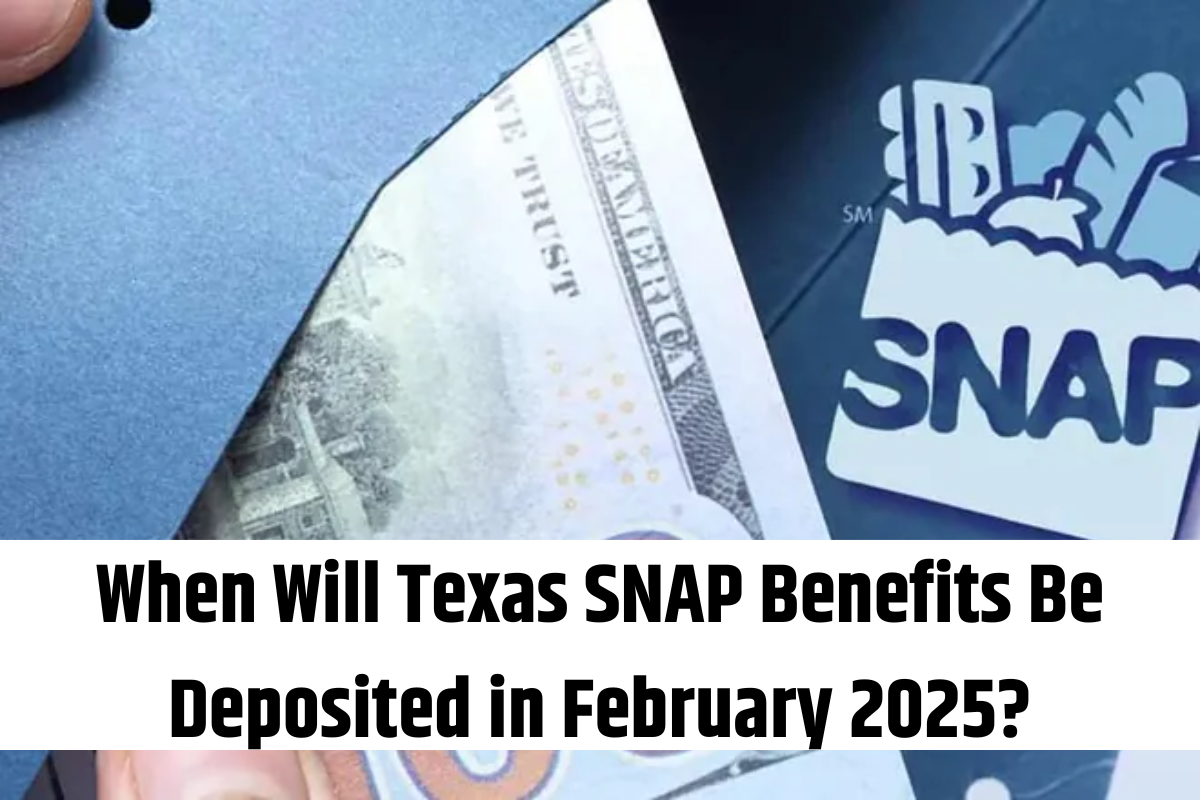The Supplemental Nutrition Assistance Program (SNAP), previously known as Food Stamps, is a crucial program designed to assist individuals and families facing financial difficulties by providing them with benefits to purchase nutritious food. The program aims to ensure that those struggling with food insecurity can access healthy, affordable food to maintain their well-being.
In Texas, SNAP benefits are issued through the Lone Star Card, which works similarly to an EBT (Electronic Benefits Transfer) card used in other states. It functions like a debit or credit card at participating stores, allowing beneficiaries to buy the food they need.
However, there are limitations on what can be purchased using SNAP benefits. Tobacco, alcohol, non-food items, and hot or prepared meals from restaurants are excluded. Instead, the program allows recipients to buy fresh food, including fruits and vegetables, and even seeds to grow their own garden, promoting self-sufficiency and healthy eating.
SNAP is available to low-income households, including adults aged 18 to 52 who do not have children, though they are only eligible for a limited three-month period within a three-year span unless they meet specific work or training requirements. Benefits can be extended if the individual works at least 20 hours per week or participates in a job training program.
Certain individuals are exempt from these work requirements, such as those with disabilities or pregnant women. In Texas, seniors aged 60 and above, or individuals with disabilities, may also qualify for the Texas Simplified Application Project (TSAP). This program streamlines the application process and provides benefits for three years, instead of the usual six-month periods.
For individuals aged 16 to 59, who are not exempt, work-related rules apply. Recipients must actively seek employment, participate in an approved training program, or maintain a job. If they voluntarily leave their job without a valid reason, they risk losing their benefits.
The distribution of SNAP benefits in Texas follows a set schedule based on the last digit of the Eligibility Determination Group (EDG) number. The payments are spread out during the first 15 days of each month as follows:
- EDG ending in 0: Benefits are available on the 1st of the month.
- EDG ending in 1: Benefits are available on the 3rd of the month.
- EDG ending in 2: Benefits are available on the 5th of the month.
- EDG ending in 3: Benefits are available on the 6th of the month.
- EDG ending in 4: Benefits are available on the 7th of the month.
- EDG ending in 5: Benefits are available on the 9th of the month.
- EDG ending in 6: Benefits are available on the 11th of the month.
- EDG ending in 7: Benefits are available on the 12th of the month.
- EDG ending in 8: Benefits are available on the 13th of the month.
- EDG ending in 9: Benefits are available on the 15th of the month.
Recipients can verify their exact payment date by checking the award letter (TF0001), where the date is clearly printed.
This structured approach ensures that SNAP benefits are distributed efficiently, allowing recipients to plan their food purchases and access support when they need it most.




